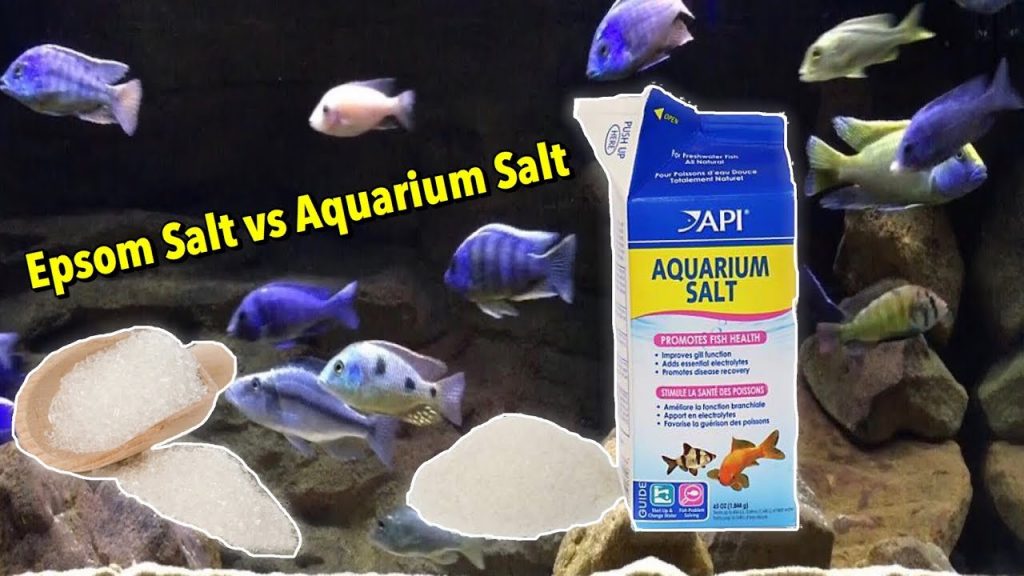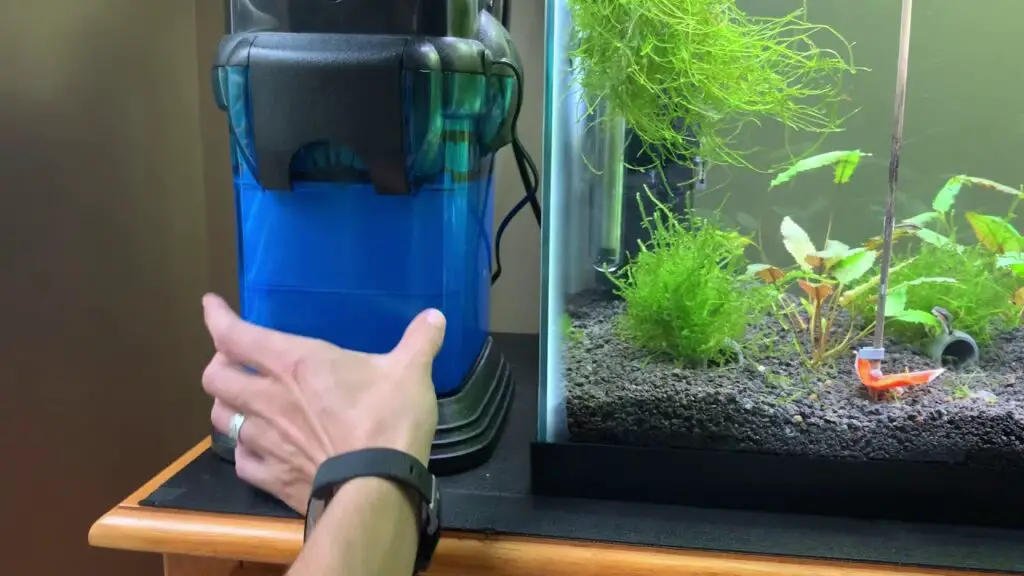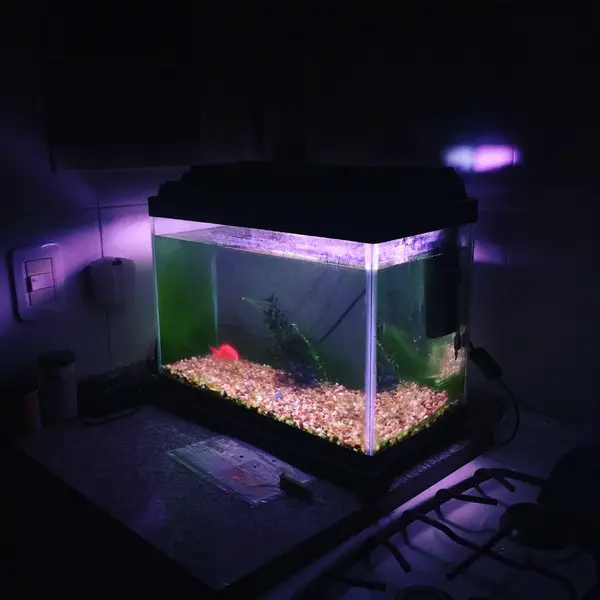African Cichlids are a colorful and relaxing addition to many fish tanks, but when your fish are sick, it can be difficult to diagnose what could be causing the issue and what treatment is best. Is Epsom salt good for African Cichlids?
A Cichlid tank does not need Epsom salt to function, although there are some benefits of salt treatment in a Cichlid tank in buffering pH and creating ideal hardness. Most Cichlid fish keepers use Epsom salt to treat conditions or diseases that react positively to salt treatment.
Epsom salt isn’t a cure-all for fish diseases, and Cichlids don’t need doses of Epsom salt in their tanks to live, but it does have its uses. The rest of this article will discuss how Epsom salt is used and how it can help.
Can I Put Epsom Salt in My Fish Tank?
Epsom salt is a useful tool in a fish tank and can be used to create a more ideal tank environment depending on the kind of fish you have. Epsom salt can be used to help set up a fish tank and during water changes.
Applying 1 tablespoon per 5 gallons is standard, although the amount can be tweaked depending on the ideal chemistry requirements of your fish and tank.
On paper, Epsom salt can be used for the following benefits:
- Stress relief
- Better activity levels
- Breathing and digestion
- Reduced aggression
The effect of the salt is minimal, at best, and Epsom salt functions best when used as a preventative treatment rather than a cure-all.
How Much Epsom Salt Should I Put in My Fish Tank?
The amount of Epsom salt you should put into your fish tank on a regular basis is dependent on the hardness of your tap water (aka the amount of mineral solids in the water). Cichlids generally prefer a harder water environment, from 10-15 dH.
Test the hardness of your tap water by using a test kit to determine how much, if any, Epsom salt you should put in your tank. Once your water tests within ideal ranges, there’s generally no purpose in adding additional Epsom salt, except perhaps as a preventative measure.
How Do You Make a Salt Bath for Cichlids?
Cichlids are prone to several types of diseases that cause them to bloat. One of the most common causes of bloating is overfeeding. Epsom salt can be used as part of a treatment course for mild or severe sickness since the Epsom salt naturally draws water out from the fish.
It can be used in the treatment of hexamita, commonly called malawl bloat. It is also used in the treatment of dropsy, which causes an internal buildup of fluid in the cavity and tissues of a fish.
As such, the properties of Epsom salt can be helpful in alleviating symptoms and prolonging the life of the fish long enough to administer treatment for the root cause. Epsom salt also helps expel mucous from the digestive tract due its laxative properties, further fueling the effects of ingested medicine that can help treat the underlying cause.
Keep in mind that Epsom salt can help with some disorders (like swim bladder issues) but can only treat the symptoms of pathogenic-caused sicknesses. Salt baths should only be used 24-48 hours after a fish hasn’t eaten. Set up a separate quarantine tank and reviving tank, and make sure you have the following equipment on hand:
- Thermometer
- Measuring spoons
- Nets
- A stopwatch or timer
- Epsom salt
Once you’ve got everything you need, start by pouring water from your fish tank into the quarantine tank. A gallon is enough in most cases.
Confirm that the temperature is suitable for Cichlids at 72-82 degrees Fahrenheit or 22-28 degrees Celsius, then prepare your reviving tank with a mix of ¾ aquarium water and ¼ treated salt bath.
Do not use aquarium salt in the treatment of dropsy. It may worsen the condition. Medication might be a more prudent option than an Epsom salt bath in this case.
Lastly, add a tablespoon of Epsom salt to the quarantine tank and mix it thoroughly. Take your afflicted fish and put it in the bath for 5-10 minutes. Do not leave your fish any longer and immediately take them back out if your fish seems extremely stressed, stops moving their gills, or passes out.
Smaller fish will be more susceptible to these effects, so monitor your fish carefully throughout the duration of the treatment.
After the treatment is finished or if anything goes awry, put your Cichlid in the revival tank right away. After five minutes in the revival tank, remove your fish with the net and put them back in the regular tank. Observe your fish for several minutes to check for any negative side effects.
Once again, it’s important to note that an Epsom bath is only effective at treating some sicknesses and is detrimental to others, so it’s important to diagnose and research what’s affecting your fish before opting for a salt bath.
What Kind of Salt Do You Use for Cichlids?
People generally use magnesium hydroxide, calcium sulfate, and calcium carbonate in a fish tank. African Cichlids generally need harder water, as well as small amount of carbonate, sodium, and potassium.
You can get specially formulated Cichlid salt to help meet the parameters for your Cichlids, but the amount depends on the hardness of your tap water. Although aquarium salt provides some benefits, it’s not practical for Cichlid tanks because it doesn’t provide the nutrients they need. Table salt is also ill-advised due to being nutrient poor.
Salt isn’t need for a Cichlid tank, but it can be beneficial in preventing and helping treat some diseases.
Final Thoughts
African Cichlids are a wonderful freshwater fish that makes a great centerpiece in some fish tanks; however, there are several sicknesses they are prone to that can potentially be prevented or alleviated with the use of Epsom salt.
As with any illness, it’s important to research your Cichlid’s symptoms and discern the best treatment to give your fish the best chance of thriving.



